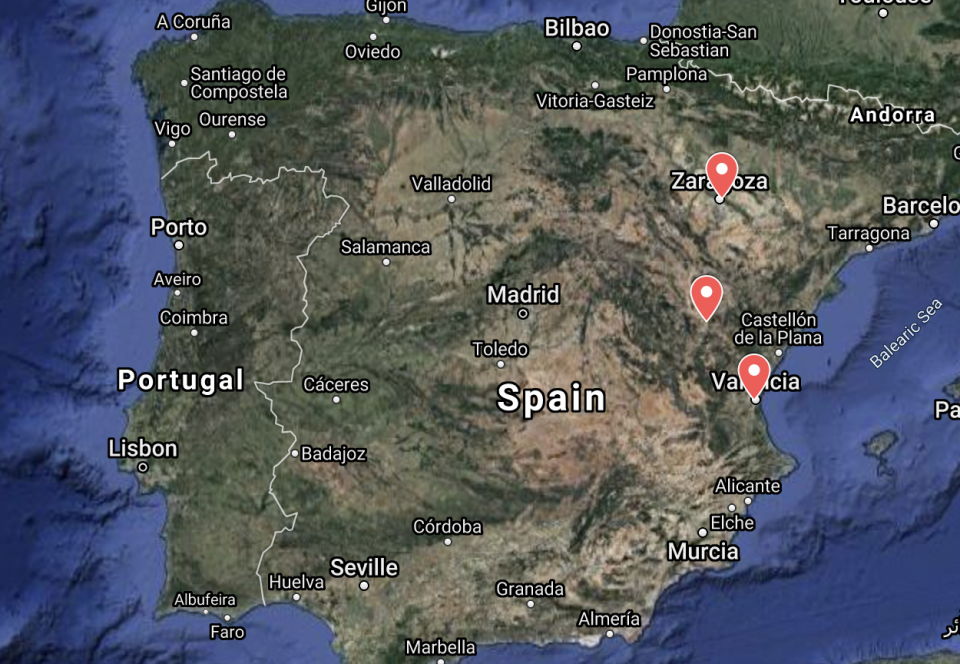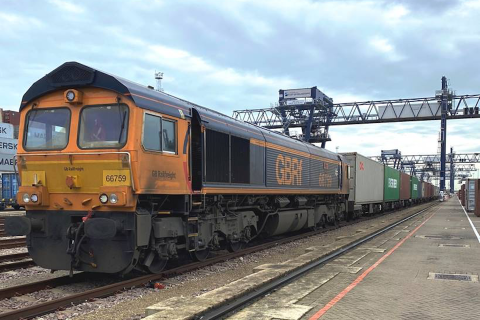Spain works on master plan to enable 750-metre trains to east coast

Last weekend, works started on the first 750-meter-long sidings on the Zaragoza-Teruel-Sagunto line in Spain. This railway line that forms an essential link to the ports will be upgraded to handle 750-metre trains. Cariñena station in Zaragoza is the first to have longer sidings.
The activities are part of the Master Plan for this line, which is a strategic axis of the Cantabrian-Mediterranean Corridor. The project is financed by the Valencia Port Authority, as it is this port that greatly benefits from additional rail freight capacity in its hinterland network. The line connects the centre of North Spain to the east coast.
According to the planning, a new bypass track will be constructed. The other tracks around the station will be upgraded. In addition, the new security and communications facilities and the interlocking that manages the movements of trains in the area of the station will be adapted to guarantee the functionality of the future operating scheme.

The Master Plan
The Zaragoza-Teruel-Sagunto Line Master Plan comes with a global investment of 441 million euros, of which more than 200 million have already been mobilised to date. The plan aims to ensure the competitiveness of this line as a strategic axis of the Cantabrian-Mediterranean Corridor.
The objective of the Plan is to significantly improve the state of the current infrastructure to continue promoting the Zaragoza-Teruel-Sagunto section, especially for freight traffic, allowing the circulation of 750-metre long trains, facilitating rail-port connections and logistics centers in this strategic railway axis. This is of great importance as it runs through territories that represent 21 per cent of the State’s GDP.
The benefits
Once the entire Plan is completed, the line will have greater capacity, travel times for both passengers and goods will be substantially reduced, the competitiveness of freight services will improve and the maximum speed of circulation will be increased, says infrastructure manager ADIF.
“Efficiency in rail freight transport will be increased, electric traction trains can be incorporated (thus reducing emissions), better reliability and comfort parameters will be offered, the probability of incidents will be reduced and the infrastructure will be fully interoperable with the Atlantic and Mediterranean corridors.”
You just read one of our premium articles free of charge
Want full access? Take advantage of our exclusive offer






